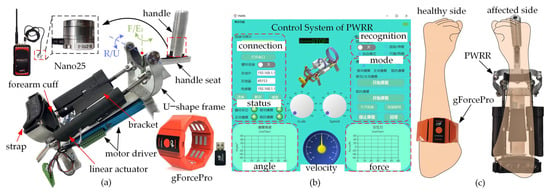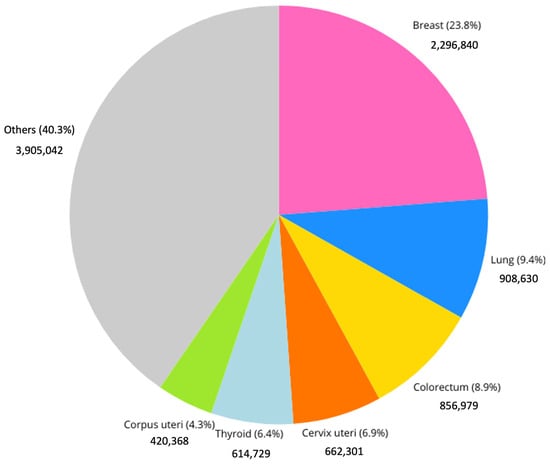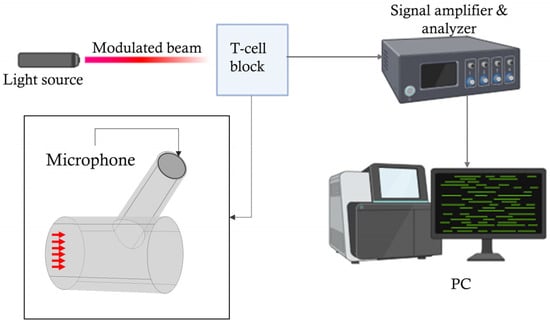-
 Surface Modification for 3D-Printed ELISA Platforms
Surface Modification for 3D-Printed ELISA Platforms -
 Innovative Molecular Imprinting Sensor for Quick, Non-Invasive Cortisol Monitoring in Fish Welfare
Innovative Molecular Imprinting Sensor for Quick, Non-Invasive Cortisol Monitoring in Fish Welfare -
 Recent Advances of Fluorescent Aptasensors for the Detection of Antibiotics in Food
Recent Advances of Fluorescent Aptasensors for the Detection of Antibiotics in Food -
 Optimization of Paper-Based Alveolar-Mimicking SERS Sensor for High-Sensitivity Detection of Antifungal Agent
Optimization of Paper-Based Alveolar-Mimicking SERS Sensor for High-Sensitivity Detection of Antifungal Agent -
 Recent Advances in Biosensors Using Enzyme-Stabilized Gold Nanoclusters
Recent Advances in Biosensors Using Enzyme-Stabilized Gold Nanoclusters
Journal Description
Biosensors
- Open Access— free for readers, with article processing charges (APC) paid by authors or their institutions.
- High Visibility: indexed within Scopus, SCIE (Web of Science), PubMed, MEDLINE, PMC, Embase, CAPlus / SciFinder, Inspec, and other databases.
- Journal Rank: JCR - Q1 (Chemistry, Analytical) / CiteScore - Q1 (Engineering (miscellaneous))
- Rapid Publication: manuscripts are peer-reviewed and a first decision is provided to authors approximately 18.9 days after submission; acceptance to publication is undertaken in 2.6 days (median values for papers published in this journal in the second half of 2024).
- Recognition of Reviewers: reviewers who provide timely, thorough peer-review reports receive vouchers entitling them to a discount on the APC of their next publication in any MDPI journal, in appreciation of the work done.
Latest Articles
E-Mail Alert
News
Topics
Deadline: 31 August 2025
Deadline: 31 March 2026
Deadline: 30 April 2026
Conferences
Special Issues
Deadline: 30 April 2025
Deadline: 30 April 2025
Deadline: 30 April 2025
Deadline: 30 April 2025































